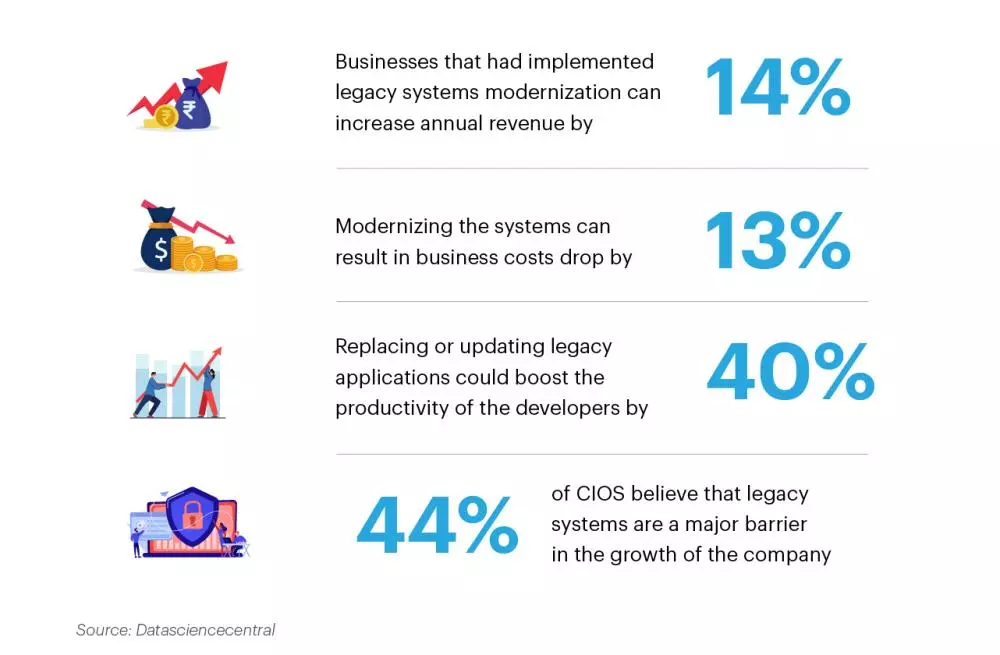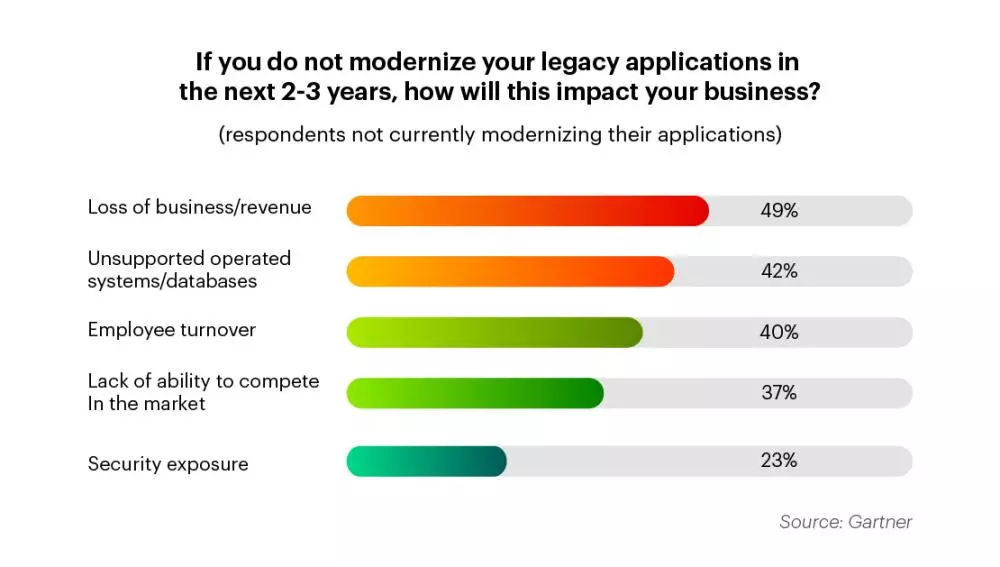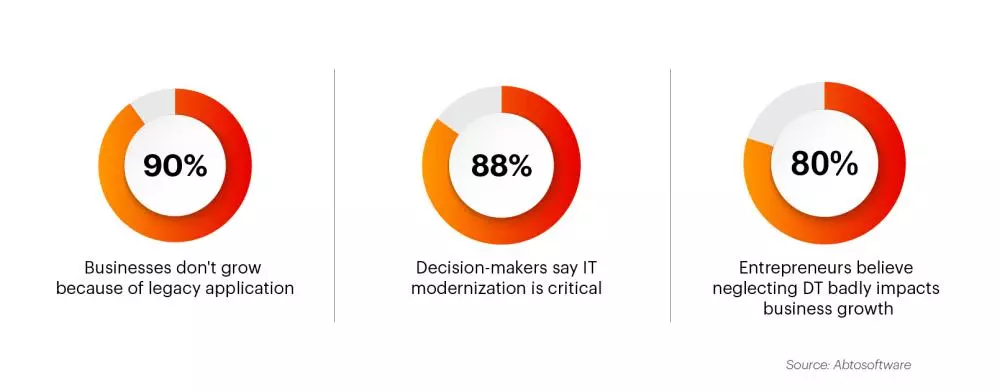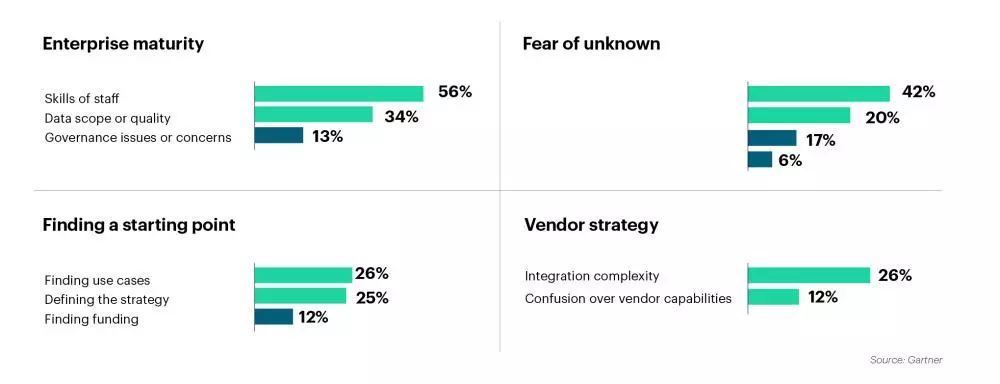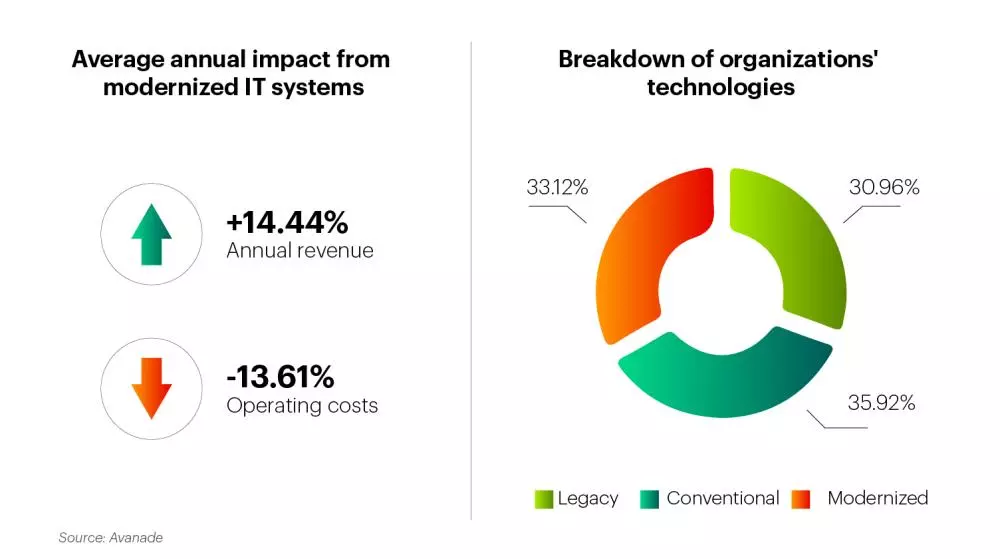Picture this: a world where a smartwatch can alert a doctor about a potential health issue before someone even feels sick. That’s not sci-fi. It’s the power of digital health, and it’s already reshaping how we experience healthcare. Our recent webinar, hosted by Sandeep Punjani, Vice President – Healthcare, Life Sciences and Manufacturing at InfoVision on “The Future of Digital Health: Innovations in Healthcare Technology,” brought together some of the brightest minds in healthcare and technology to talk about where the healthcare industry is headed and what it means for healthcare providers and their surrounding landscape. Here’s a breakdown of what they had to say.
Empowering patients with AI and engagement tools

Engaging patients in their care journey is the cornerstone of modern healthcare. Technology is giving patients tools to take control of their health, providing access to information, and facilitating better communication with providers.
Shauna Zamarripa, Director of Business Analytics at Community First Health Plans, shared how her team used AI and predictive analytics for maternity health monitoring. This project improved outreach and care for high-risk pregnancies by partnering with local organizations, ensuring a holistic support system. She also highlighted how AI-driven insights are now being applied to behavioral health.
“Being able to do predictive analytics has been absolutely game changing and we’re now moving that into the behavioral health space,” Shauna highlighted.
But the applications of AI don’t stop there. Madhur Pande, Senior Vice President of Digital Product at Optum Health and former Executive Director of Digital Products at Kaiser Permanente, described how wearables are making proactive health management possible. She emphasized the importance of remote patient monitoring (RPM). Devices that track chronic conditions are transforming care by enabling continuous observation and early clinical intervention. Madhur described how wearable technologies help manage conditions like diabetes and heart failure, offering significant benefits for both patients and providers.
“Wearables keep people healthy and reduce the cost of care,” she explained.
Patient portals are another vital tool. They allow patients to access medical records, view test results, and receive reminders, fostering greater autonomy in managing their health. Pande noted that high adoption rates at Kaiser Permanente – exceeding 80%, demonstrate the potential for technology to enhance patient-provider relationships.
Telehealth: Increasing access and reducing barriers
“Availability, accessibility, affordability – all these things have really been supercharged with telehealth,” he shared.
Telehealth is also expanding beyond virtual consultations. Diagnostic services, such as radiology readings, can now be handled remotely, often reducing turnaround times from days to hours. To Ram’s points, Madhur cited how behavioral health services have particularly embraced telehealth, with virtual visits rising from 40% of appointments in 2021 to 67% in 2023.
Shauna pointed out how it is essential for providers to be cognizant of patient preferences and leave space to innovate and create new mechanisms instead of just continuing doing things the way they have always been done.
“The ultimate goal is giving the patient the ability to feel like they are in charge of their healthcare journey,” she remarks.
AI-powered clinical workflows: Efficiency without overload

AI offers immense potential to streamline clinical workflows, reduce administrative burdens, and combat provider burnout. However, thoughtful implementation is critical to prevent new inefficiencies. Clinicians are already stretched thin, and poorly deployed AI can add complexity instead of reducing it. Both Shauna and Madhur emphasized that AI must complement, not complicate, existing processes.
“You have to be cognizant of anything that is incorporating AI to not replace humans but support them.” Shauna believes.
One promising application is AI-driven triaging, where tools can sort patient messages and prioritize urgent cases. Madhur highlighted the importance of pilot testing and involving clinicians when rolling out new systems to ensure adoption and trust.
“When we are thinking about bringing AI to an environment like health care, it needs to be very thoughtful and purposeful,” she noted.
The concept of “human-in-the-loop” AI emerged as a best practice, ensuring clinicians retain control over AI-generated recommendations. Trust, transparency, and collaborative governance are essential to successfully integrate AI into healthcare systems.
Data privacy, bias, and ethical AI

With AI’s growing role comes increased responsibility to safeguard data privacy and mitigate bias. Shauna highlighted the importance of consistent data collection practices to ensure accuracy and integrity. She described how improper handling of sensitive information – such as emailing unprotected patient data, poses significant privacy risks.
“You need to make sure that the AI technology that you’re deploying or using within your organization is compliant with the relevant regulatory bodies,” Shauna highlighted.
Consent management is another critical area. Ram pointed out that machine learning algorithms do not inherently respect consent boundaries. Embedding consent rules into AI workflows is vital to prevent unauthorized data usage.
He remarked “We have to find a way to take the consent management restrictions and build them into the ML workflow.”
Bias in AI models remains a pressing issue. Without diverse and representative datasets, AI systems risk perpetuating healthcare disparities. Ethical review boards and rigorous data governance frameworks are necessary to address this challenge.
Shauna pointed out that data quality directly impacts the success of AI.
“It is really important to make sure that we unknowingly are not feeding our biases to the systems,” Madhur highlighted.
AI in drug discovery and personalized medicine

Drug discovery is a costly, time-consuming process, but AI is accelerating key stages. From predicting protein structures to identifying therapeutic targets, AI-driven simulations reduce reliance on lab testing.
Ram described how AI helps pharmaceutical companies speed up clinical trials by automating participant selection and analyzing trial data in real time. While no drugs have been fully developed using AI yet, platforms like DeepMind’s AlphaFold and IBM Watson are already making significant strides.
Personalized medicine, guided by genomic data, represents another frontier. AI enables rapid analysis of genetic mutations and their implications for individualized treatment plans.
“If you look back ten years, most of the genomic information was static, but the human genome is not static, it’s evolving. So, the AI tools have to be able to absorb real time data and be able to continually update your genome map,” Ram observed.
Cybersecurity for a digital future

The rapid adoption of digital health technologies raises cybersecurity concerns. Healthcare data is a prime target for cyberattacks, and traditional security measures are insufficient against AI-enabled threats.
Ram stressed the need for dynamic, real-time cybersecurity solutions since static defences can’t handle threats evolving with AI. He emphasized on adaptive architectures and comprehensive employee training.
“The current suite of cyber security platforms across the Globe were never designed with the proliferation of AI in mind”, he said.
Policy frameworks must also evolve. Regulations governing AI, telehealth, and genomic data require continuous refinement to balance innovation and patient safety.
Webinar highlights
In summary, the webinar underscored several transformative trends shaping the future of healthcare:
AI-driven tools: From wearables to predictive analytics, AI is empowering patients and improving outcomes.
- AI-driven tools: From wearables to predictive analytics, AI is empowering patients and improving outcomes.
- Telehealth expansion: Virtual care is making healthcare more accessible, especially for underserved populations.
- Ethical AI: Clean data, privacy safeguards, and diverse datasets are crucial to making AI reliable and equitable.
- Pharmaceutical innovation: AI is reducing the time and cost of drug development while paving the way for personalized medicine.
- Future technologies: Quantum computing and advanced cybersecurity solutions are poised to tackle healthcare’s critical challenges.
The road ahead
The future of digital health is filled with promise. Innovations in AI, telehealth, and personalized medicine are enhancing care delivery and improving outcomes. However, realizing this vision requires a holistic approach – combining technology with thoughtful policy, ethical governance, and human collaboration.
As healthcare embraces these changes, the goals remain clear: empowering patients, reducing disparities, and creating a more connected, efficient healthcare system. By pushing boundaries and staying vigilant about ethical considerations, we can shape a future where technology serves as a true catalyst for health and well-being. To know more about the technologies shaping healthcare, reach out to us at digital@infovision.com.


